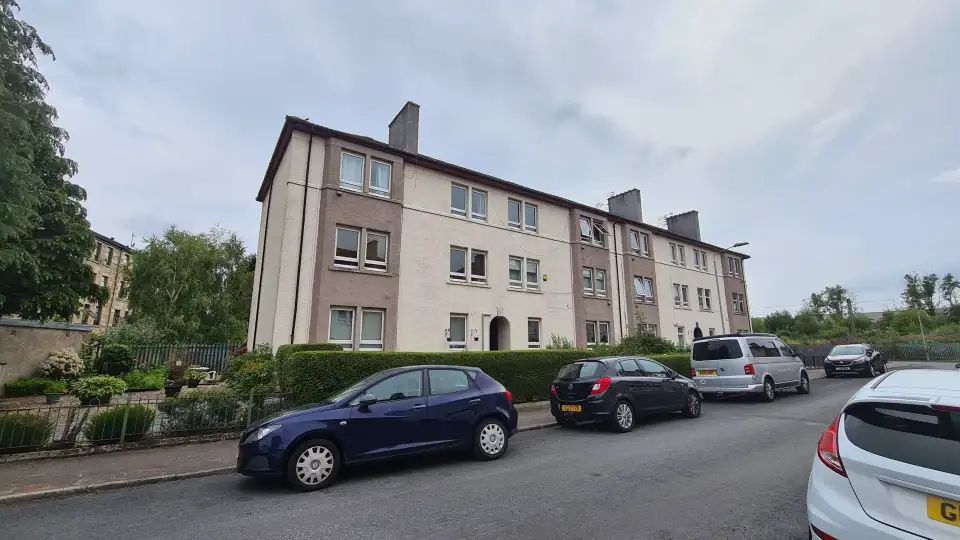
This past June UK-based ECD Architects got some thrilling news—if complicated challenges can constitute thrills. The firm had won a contract to design and supervise deep retrofits of 3,500 homes from Scotland’s Renfrewshire Council, which administers an area bordering Glasgow. The timeline for completing these retrofits is just four years, with a possible one-year extension.
The project is ambitious by any scale. Yet, James Traynor, managing director of ECD Architects, seems unfazed by the project’s scope and timeline and confident the project will meet its goals for these homes: hitting either the EnerPHit target, or possibly the Association for Environment Conscious Building’s (AECB’s) slightly less rigorous CarbonLite performance targets. “A lot of the housing stock are small blocks of 6 or 8 flats per block, and a lot of the work can be done externally with residents in situ, so the work can be relatively quick,” Traynor explains.
Traynor’s confidence is soundly grounded in the firm’s experience, as well as his own. He joined ECD Architects in 2006, because the firm has had a strong commitment to sustainability since its founding in 1980; its name ECD is an initialism for energy conscious design. The firm has been increasingly focused on deep retrofits in recent years. In 2010 ECD Architects participated in a European-wide project of EnerPHit case studies, spearheaded by PHI. James Traynor’s book, EnerPHit: a Step by Step Guide to Low Energy Retrofit, was published in 2019. Over the last few years he has helped lead a number of increasingly large retrofit projects, including the refurbishment of the 111-unit Wilmcote House buildings to meet the EnerPHit standard for the Portsmouth City Council.
The first, big step for the Renfrewshire Council project will be surveying 1,000 residences over the next six months to get a detailed understanding of the building typologies and actual conditions, according to Traynor. Those results, along with extensive PHPP modeling and analyses, will inform the firm’s production of its proposed retrofit measures for the Renfrewshire Council to consider. In the meantime, the council will be conducting airtightness testing on a representative sampling of the buildings—every architype definitely and ideally every property, says Traynor. The large numbers of properties being retrofitted automatically puts the whole project into a high-risk category, because any poor outcomes resulting from the retrofit measures, when replicated over and over, would translate into a significant number of building failures.
ECD Architects will be acting as retrofit coordinator, retrofit designer, and retrofit assessor for the project. These roles and their educational requirements were defined under PAS 2035, UK’s code of practice and specifications for whole-building residential retrofits. Since July 2021 meeting PAS 2035 specifications has been a requirement for all projects that receive public funding. These specifications were developed after a rash of post-retrofit building failures—some drastic as was the case with the Grenfell Tower and many others that resulted in mold, mildew, and other poor living conditions. “PAS 2035 is about ensuring quality and making sure that doesn’t happen again,” Traynor explains. He qualified as a retrofit coordinator in 2020 after about six months of on-line learning.
The Renfrewshire Council, which owns the building stock and will be doing so for the foreseeable future, are obtaining funding for the retrofits from the Home Energy Efficiency Programmes for Scotland (HEEPS). HEEPS is the Scottish Government initiative to tackle fuel poverty and increase energy efficiency in homes. Duncan Smith, then Renfrewshire Council member and now chief operating officer for AECB, was instrumental in getting the deep retrofits started. “He is absolutely influential in Scottish low energy building,” says Traynor, adding that Smith’s logic was, “Someone has to be first, and Renfrewshire should lead the way.” Fuel poverty is a growing concern in the UK, with average household annual utility costs of 1,500 to 1,800 British pounds forecasted to jump as high as 4,000 pounds this year. “That’s a devastating increase,” Traynor points out.
Although Energiesprong has gained a foothold in the UK, Traynor expects that Renfrewshire’s external retrofit work will most likely use traditional site-built systems, with possibly some incorporation of modular systems. “There are not enough manufacturers of prefabricated panels,” explains Traynor. The same applies to mechanical pods. “There are pods available, but most are bespoke, created for a particular project,” he notes.
It is too early to produce realistic cost estimates for these projects, as the costs will vary depending on the buildings’ initial conditions. Ballpark numbers could be 50,000 to 70,000 pounds per residence, says Traynor, with those figures rising to 100,000 pounds each if the structures have mold, water issues, or other pre-existing problems.